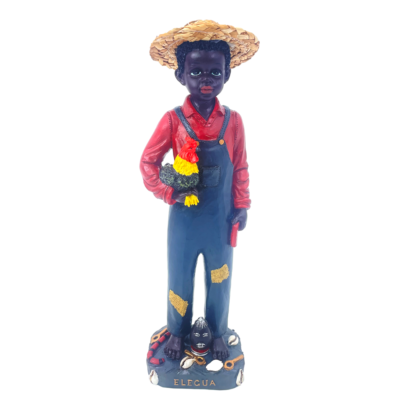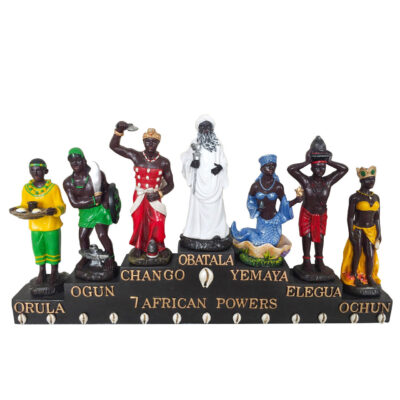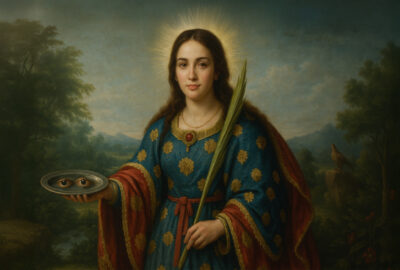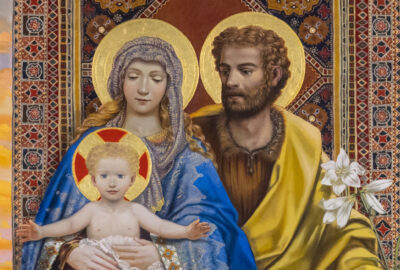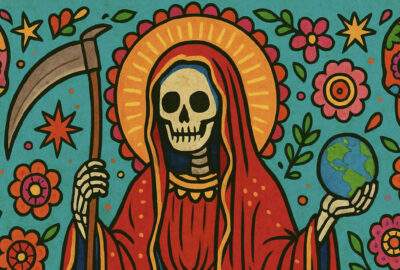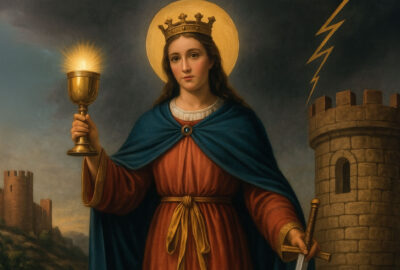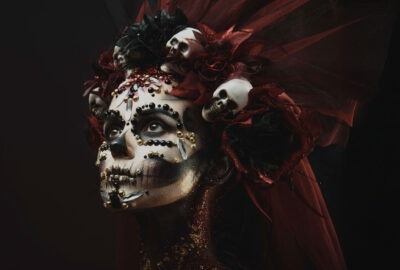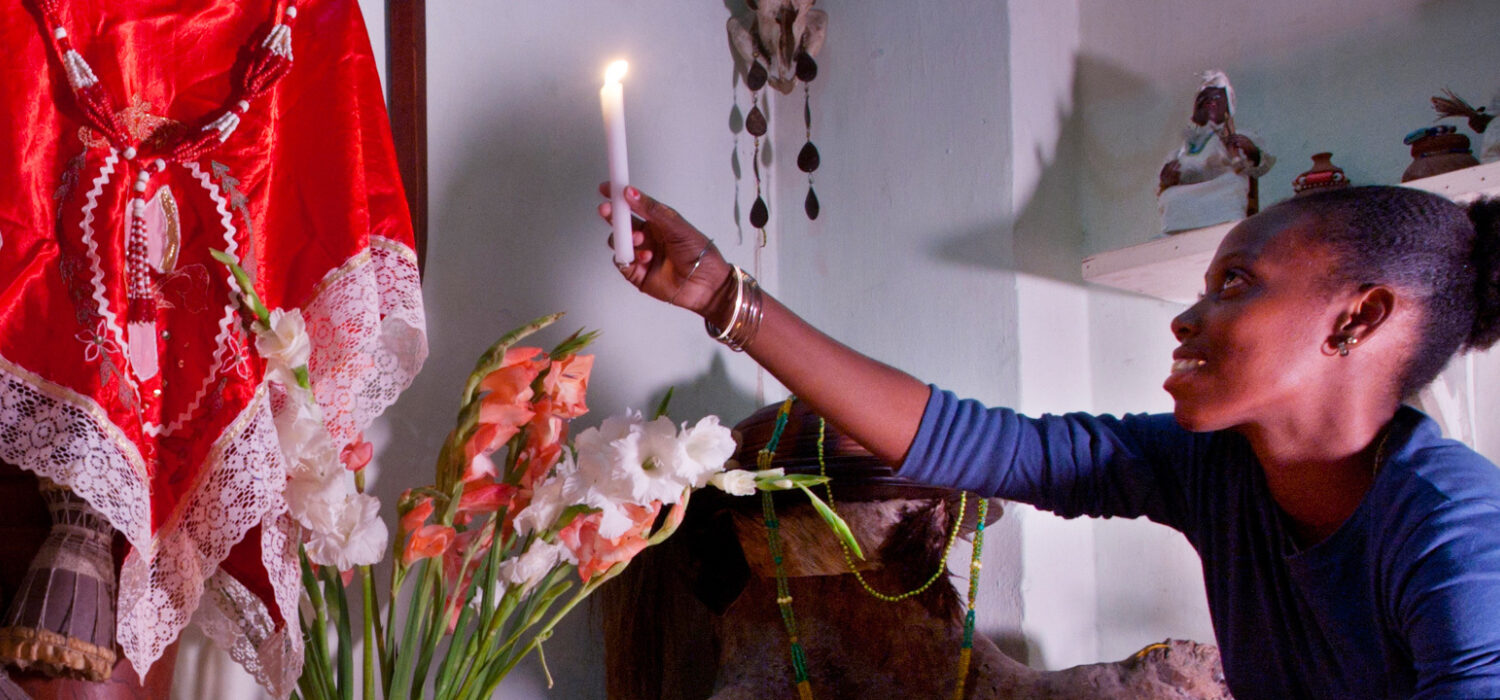
Top Myths and Misconceptions of Santeria
Like most belief systems, Santeria is plagued by misconceptions from people who are not intimately familiar with it. This can make it difficult for believers to practice their faith openly. Here are the seven top misconceptions about Santeria:
1. Myth: Santeria is polytheistic.
Santeria has only one overarching God: Olodumare. It can be a bit confusing, since there is no real equivalent to the word "Orisha" in English. For this reason, they're often called "deities." While some of the Orishas are better known than others, none are more powerful than any other, and none of them surpass Olodumare.
It might be easiest to think of the Orishas as aspects of Olodumare. While this falls in line with "soft" polytheism (the belief that all deities are just different faces of a single supreme God), that does not change the fact that Santeria is a monotheistic religion.
2. Myth: Santeria is witchcraft and uses black magic.
The phrase "black magic" has some very anti-African connotations. While it is mostly understood to mean malevolent or baneful magic today -- like hexing, jinxing, or cursing -- at one time it was used to differentiate the folk magic of freed slaves from spiritualism and European-based "white magic." "Witchcraft" has run into a similar problem, as it gained negative connotations from its use to describe any folk practice that was not Christian in origin.
With that out of the way, Santeria does use medicinal herbs and divination, which many people conflate with witchcraft.
3. Myth: You can teach yourself Santeria.
Santeria has a very clearly defined hierarchy and initiatory practices. Ceremonies are performed by trained priests, and women dressed in white are novice priestesses undergoing intense purification and training. In Santeria, there are several well-defined roles, from those who play special consecrated drums, to those who cook, to those who sing, to those who handle herbs, and much more.
The initiatory period is a year and a week long. It begins with seven days of ceremonies, followed by a year of strict observance of a special code of conduct. Initiates must wear special garments and jewelry, and abstain from alcohol, makeup, shaving, going out after dark, walking barefooted, and contact with non-initiates. This is a period of purification and learning. Even after the year is completed, initiates must continue to observe certain taboos.
4. Myth: Santeria involves a lot of animal sacrifice.
Animals are rarely sacrificed in Santeria. When they are, they are done so quickly and cleanly, and the meat is not wasted. As mentioned above, practicing Santeria requires a lot of learning and specialized roles. Those who perform the sacrifices know how to do so properly.
Most offerings to the Orishas are not animal in origin. Glasses of water, flowers, fruit, grains, coins, or candles are much more common.
5. Myth: Santeria borrowed Catholic saints.
Many Orishas are said to be syncretized with Catholic saints, but there's an important reason for this. People did not give their Orishas the traits of the Saints or blend their religion with Catholicism, they used special, secretive tactics to be able to continue to practice their beliefs.
After the abolition of slavery in the Americas, freed people were allowed to organize according to their ethnic background. Catholicism was compulsory in the Spanish colonies at the time, so each of these groups functioned under the auspices of a Catholic saint. The freed people continued to worship their Orishas, but under the guise of venerating saints. They did not confuse or blend the saints with their religious figures.
6. Myth: Santeria has its own temples and churches.
In reality, there are no churches or separate religious buildings. Believers houses are their churches. There is no Bible, either -- each follower relies on their Orisha, oral morality tales, and divinatory practices to act as a guide for their behavior and path in life.
7. Myth: It is properly called Santeria.
Oddly enough, even the name "Santeria" is a misnomer. It is more properly called La Regla de Ocha. This translates to "Order of the Orishas," where the word "Santeria" derives from the Catholicism of freed slaves, peasants, and country folk. It was used as an insult, indicating that these people payed too much attention to worshipping the Catholic saints.
While "Santeria" is a very common term in the United States, most people within the religion do not call it that.
Santeria is a living, growing religion with millions of adherents worldwide. By its very nature, it is community-based, close-knit, and secretive, which has allowed misconceptions to proliferate. In reality, it is a beautiful, artistic, healing practice that is a source of comfort and guidance to its practitioners.



